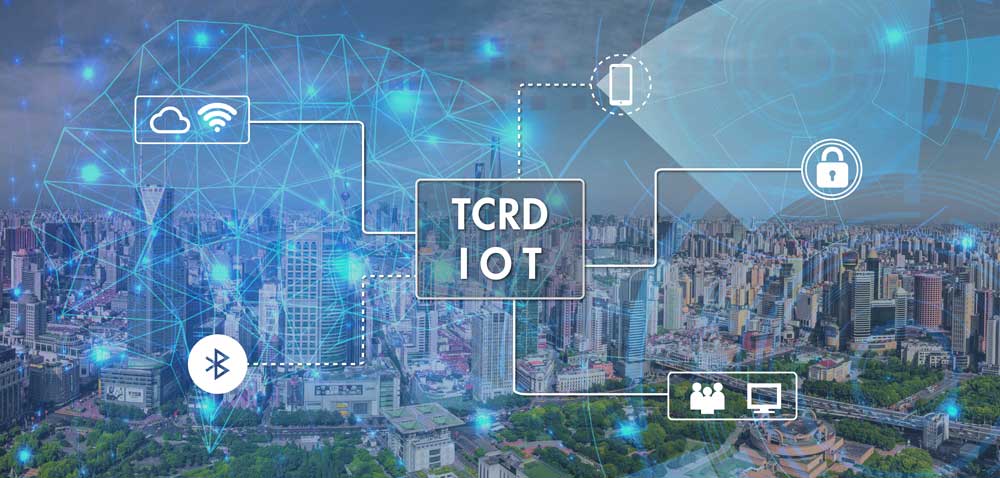The world is aging faster! In 2050, one in six people will be older than sixty-five years old.
Moreover, in 2050, the number of people over eighty years old in the world is expected to grow three times from the current 143 million people to 426 million people.
The era of smart family care is coming
TCRD is committed to the development of wearables combined with smart home life. Through the Bluetooth cloud collector at home and smart watches, in addition to remote control of home electrical equipment, door locks and payment can be sensed. When you return home, the collector will automatically obtain the personal information of the watch and upload it. If there are elderly people at home, by wearing the watch, the family can log in to the website at any time to check the real-time health status of the elders and warning reminders of dangers.
The era of smart home care is coming. With "home" as the center, smart home services are promoted, including home care, security monitoring, smart home appliances, and home entertainment.
This new life style can find a way for oneself or family members to take care of the elderly at home and improve home safety, not only for the elders and children, but also to create a life style suitable for all ages.

The 2nd generation Bluetooth cloud collector
- Support broadcast mode and two-way mode
- Support LAN, WIFI, 4G mode, access the internet and connect to the server
- Support multi-platform SDK and API interface development, which is convenient for docking with various platforms
- Cloud customized services, big data computing capabilities
- Bluetooth BLE4.0 and above
When intelligence meets medical
The medical industry is undergoing transformation and needs to make breakthroughs in process and technology to reduce costs, improve medical services and improve medical care.
Through the Bluetooth cloud collector, the patient’s wearable device tracks all vital signs, and all data is displayed on the screen for medical staff to check status, medical records, etc.
Medical staff no longer need to go to the ward to measure the patient's blood pressure and heart rate regularly with paper and pen, but can also use smart watches to communicate with patients, notify or remind them to take medicine, etc., and receive notifications at the first time in critical moments.

